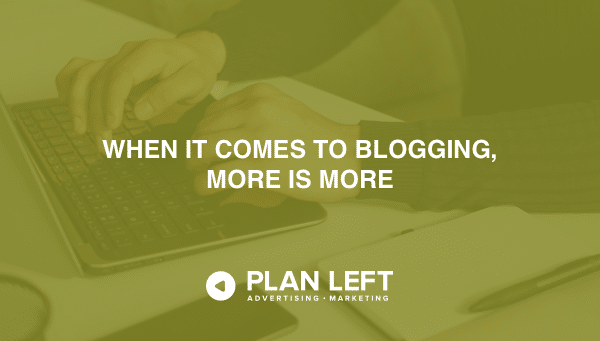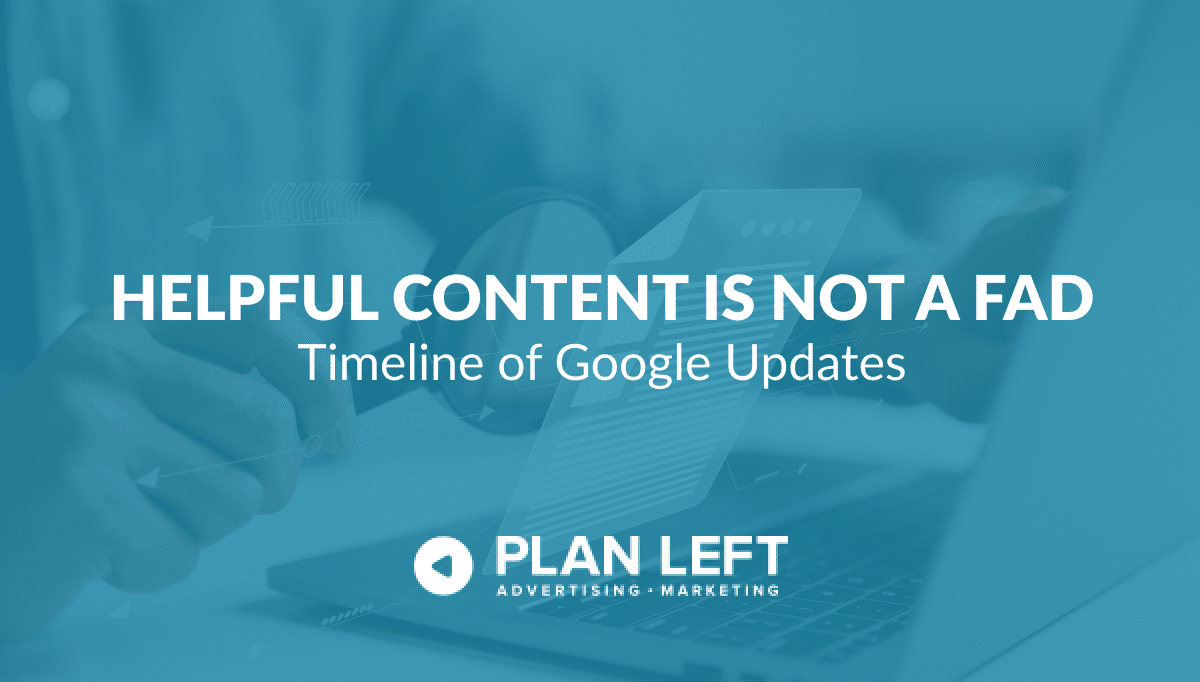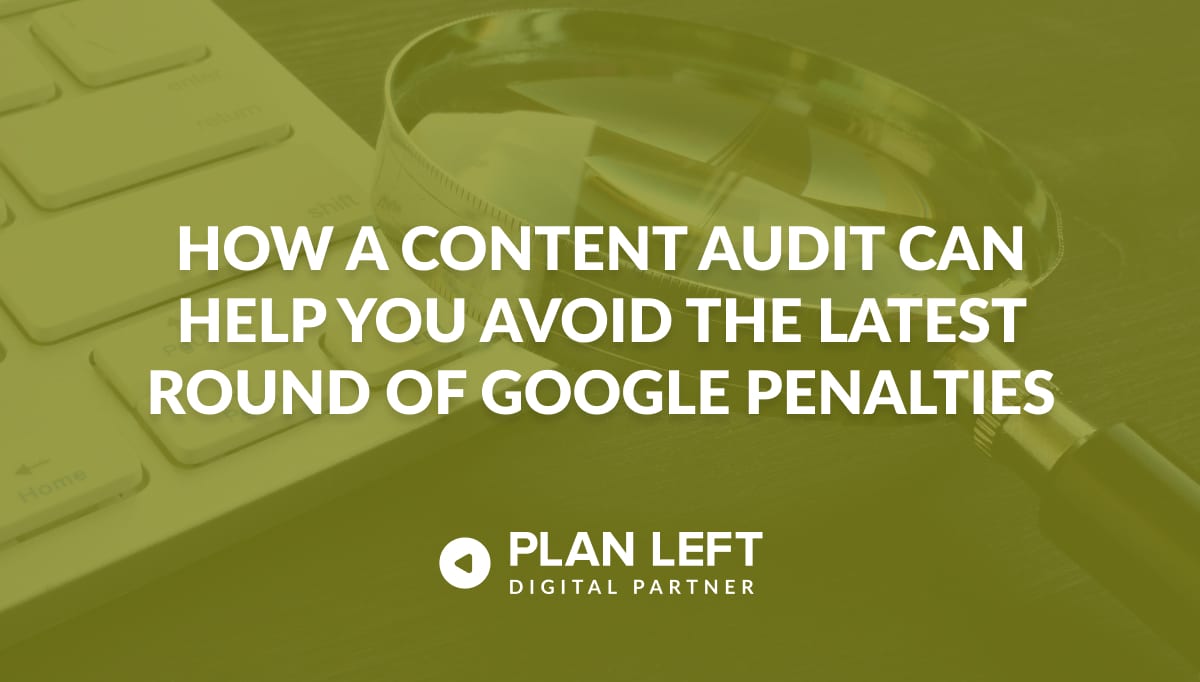
Updated Content on 6/23/2023
Of course, a web shop will tell you it’s time for a new website, but in many cases, you should consider what they’re selling. This is especially true if you haven’t updated your website in the last five years, used a DIY site builder, or trusted the local freelancer and didn’t quite get what you paid for. These aren’t the only reasons to consider a new website, but they’re a good start.
You’re probably wondering why your old, free, or haphazard website needs improvement. After all, you have a web presence now, and that’s all you really need for Google (and thus all those potential customers) to find you, right? Wrong. And here’s why.
You Need a Brand Refresh
Have you thought about sprucing up your brand image lately? Maybe you just updated your brand colors, logo, and fonts to fit your brand values better. If your organization has undergone any rebranding, you need a redesign.
No one wants to visit a website with a messy combination of old and new brand details. They also don’t want to see a makeover so different from the old one that they can’t even recognize the brand anymore. However, a skilled designer can ensure a seamless brand refresh.
Show off your new brand colors and products. Consumers love to see what new and exciting things you offer. They just don’t want it to be a confusing experience.
You Need Responsive Design
Older sites simply don’t provide mobile-friendly features. When 88% of users are less likely to return to a website with a bad user experience, we know mobile design is crucial. Plus, 96% of consumers use smartphones to search the internet, and 46% use tablets. You’ll disappoint many people when they can’t read the text or see the images on your site.
In the last quarter of 2021, mobile made up 63% of organic search engine traffic. You could cut your profits in half if your website design isn’t mobile-friendly. Mobile responsive design is simply the norm now.
Some will seek out mobile templates and use those in conjunction with their current website, but these also bring many new problems to the table. First, mobile templates use a separate URL, which makes Google unhappy. Also, mobile templates are only friendly to some mobile devices. You could spend all that time and money on a mobile design that only works on tablets.
The beauty of responsive design is you only have to do it once. The programming used for all responsive websites works for all mobile devices, regardless of size, brand, or release date. Even theoretical phones and tablets will work with current responsive designs.
Of course, SEO goes hand in hand with responsive web design. The Google Search algorithm made moves to prioritize mobile-friendly websites in recent years so that an unresponsive website could lower your search rankings.
You Need a Site That Loads Quickly
Our websites load more quickly now, but buyers get more impatient as load times get faster. Did you know that one in four visitors will abandon a webpage that takes more than four seconds to load? That percentage skyrockets the longer a site takes to load. In fact, each second that passes reduces customer satisfaction by 16%. Beyond that, 64% of users will find a new site to start shopping if they are unhappy with their visit.
And guess what? Website load time is yet another SEO ranking factor. Webpage bounce rates increase rapidly with each passing second of load time, contributing to a poor user experience, and you know what that means. Google will rank your web pages lower.
Luckily, you can use Google’s free PageSpeed Insights to plug in your webpage URLs and see how well they perform. Google will also recommend specific changes that will make your webpage faster. If your site loads a little slow, it’s time for a redesign.
You Need to Provide a Great User Experience
As mentioned earlier, 88% of consumers think good user experience is paramount. This goes far beyond quick load times and mobile-friendly design. Your site needs to be clean, easy to navigate, and readable. You’ll only irritate prospective customers with clumsy menus, widgets crammed everywhere, and tiny text.
Examine your website with a critical eye. If you can’t be critical, ask several trusted advisors to look. Is it new and fresh? Is there enough white space so users don’t get tired just trying to read? Do those special features work correctly? You might be surprised to learn the website you’re so proud of is what’s driving customers away in droves.
You Need to Update Your SEO
We already addressed that unresponsive web design and slow page load speed hurt your website’s SEO. But what if your whole website needs optimization? Older websites haven’t caught up with all of Google’s new algorithm updates, so it may be time to give your website the refresher it needs to reach a wider audience.
Try running an SEO audit on your website to see what changes you might make. You can walk through online checklists or hire an outside provider to help you out.
We’re always here if you need help with any of these things. We respect your brand and vision, which means we’ll work hard to create a website you’ll love—but even more importantly, we’ll create a website your customers love.
Explore Latest Posts
Google says the quality of your webpage is a ranking factor, but what is ‘quality’ according to Google? That would ... read more
April 19, 2024
In 2011, Google first changed how content was written with the Panda Update by changing how keywords could be used ... read more
April 17, 2024
The latest Google algorithm changes have shaken the search marketing world. While the Google Spam update has finished, the Google ... read more
April 16, 2024
MARKETING insights
Join the Thousands Who Receive Our Twice-Monthly Newsletter.
It's hard to keep up. Our newsletter is packed with buyer behavior insights, the latest marketing and technology updates, work/life balance tips, and—because we ❤️ our support staff—adorable pets looking for forever homes. Only twice per month. No clogged inboxes. You can't say no.




